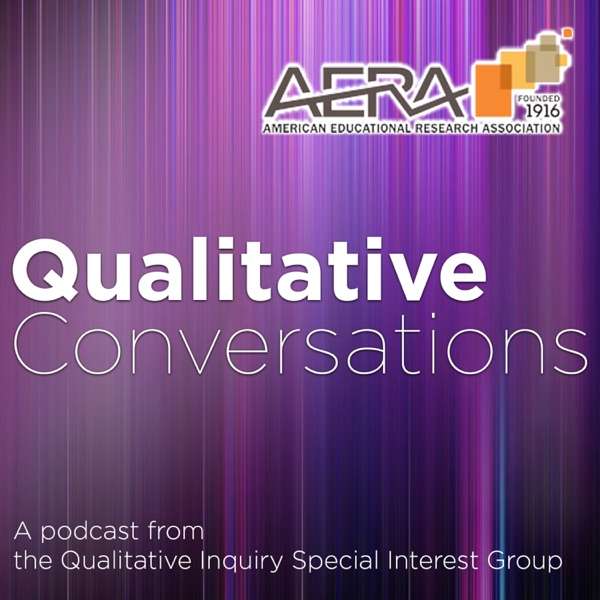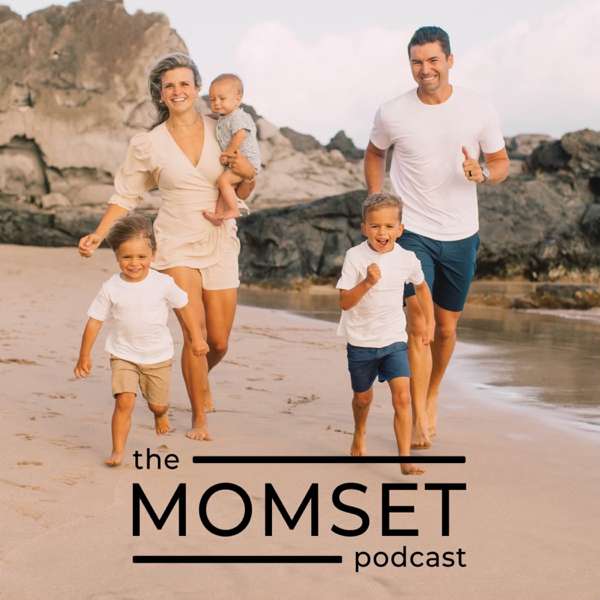There are more than three million homes across Australia that have rooftop solar, but with installation costs in the thousands, it can be difficult to figure out if it makes sense for you. This ep gives you all the shortcuts to figure it out, including how to optimise your investment if you already have a system.
The first thing Mia and Dinah discuss is that if you are thinking about getting solar, get clear on why you are considering it. Is it an economic decision only or for the environmental impact or for some other reasons?
It's also important to do some basic research about solar so you know what you should consider.
- Dinah recommends using the Clean Energy Councils’s solar buying guide to get some basic understanding (Link in Resources below).
- Understanding if your house has the appropriate conditions - north facing and slope of the roof - is important to know.
- Understand your energy consumption - as this is the main source of savings as feed-in tariffs are much lower than they used to be.
- Know yourself - will you be willing to change your energy patterns to make the most of your system?
- Think about how long you are planning to stay in your home to take into account as part of your investment decision.
- How are you going to fund the purchase and what other costs will there be?
Once you have decided to explore it, get a couple of quotes to compare. You can use a service like Solar Quotes to get a number of quotes from providers that are accredited by the Clean Energy Council. Providers will also help you with rebates available to support the system purchase.
The things the quotes should include are:
- a site-specific system design (which takes into account shade at different times of the year)
- a performance estimate
- an itemised list of components/products
- a clear breakdown of costs, including the total value of any discounts or rebates
- warranty (including STC snd state-based rebates)
- full terms and conditions of sale.
The providers will provide a return on investment calculation but make sure you think about:
- the time horizon - do you plan to live in the house for that time period?
- will your energy consumption patterns change?
- what other costs will there be (eg buying more roof tiles)?
- what else you would do with the money?
You may also wish to consider a battery, however, for most people, this doesn’t make economic sense and fewer than 10% of new installations include a battery. The costs start around $4k plus installation costs. You need to consider the same factors and you need to make sure the battery can be fully charged from your solar panels even in winter. In addition, for most people, the time to make a return is longer than the warranty period, so this is probably not something to do for purely economic reasons.
For both solar PV and batteries, those that make the best returns are those that are willing to change their behaviour by downloading the apps and optimising your usage.
If you already have solar, it's important to understand the feed-in tariff and the implications when choosing an electricity provider and a plan. The feed-in tariffs have been falling across the board in the past few years.
The higher the solar feed-in tariff (i.e. what you get for ‘exporting’ power), the lower the discount on electricity the household draws from the grid (i.e. what you pay for ‘importing’ power).
In order to secure the highest solar feed-in tariff, you will need to choose the plan that offers the lowest discount on electricity imported from

 Our TOPPODCAST Picks
Our TOPPODCAST Picks  Stay Connected
Stay Connected







